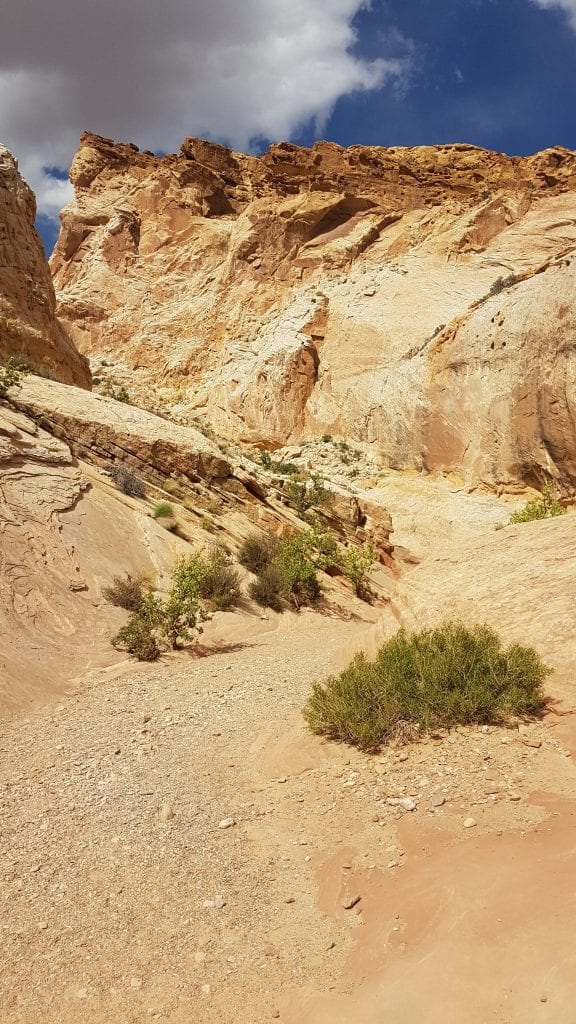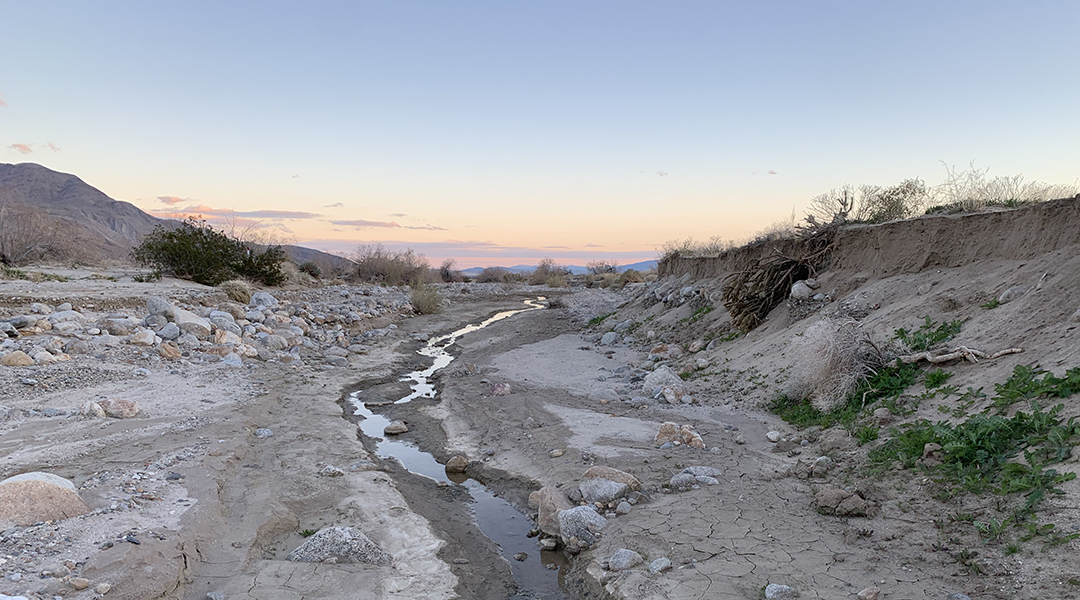Streams that dry up occasionally, known as “non-perennial streams”, make up about half of all stream length across the globe. Non-perennial streams are found in many different settings: in mountain landscapes, flowing only after snowmelt or heavy rainstorms; in arid regions where surface water is uncommon; or where the channel bed is permeable allowing water to soak into the ground. However, an increasing number of streams, and even large rivers, that formerly flowed all year are beginning to experience dry periods due to changing climate and water withdrawals for human use.
“Here in Australia, over 70% of rivers are non-perennial. These rivers make up a crucial component of our water supply,” says Dr. Margaret Shanafield, an author on the recently published in WIREs Water, which focuses on understanding the implications of measuring zero flow in streams and rivers. “When even our big rivers dry up, as they have been over the last two summers, whole communities are left without water supplies, and our unique ecosystems are put in peril.”
Understanding the duration and extent of stream drying is required for accurate water supply accounting, pinpointing factors controlling stream water quality, and conservation of aquatic species that inhabit non-perennial streams.

Yet, despite their prevalence and importance, stream researchers have traditionally overlooked non-perennial rivers. These river systems are difficult to study because most stream gages (instruments that continuously measure stream flow) are not located on non-perennial streams or are not designed to accurately characterize dry periods.
In the study, the team investigated the implications of zero flow readings at gages and discuss how researchers might be able to interpret such readings. The simplest interpretation of a zero flow reading is that there is no surface water at the gage and none in the stream network upstream. However, a zero flow reading does not always mean no flow is in the stream. For example, streams can dry up only in the area around the gage, ice can cause a zero flow reading, flow reversals (typical in low lying coastal areas) can lead to zero or negative flow readings, people can divert flow from above the gage for agricultural or other purposes, or equipment at the gage can malfunction.
Several approaches can be used to characterize the true meaning of a zero-flow reading, although direct observation at the site is the most reliable. However, where this is not possible, other approaches such as statistical or hydrologic modeling can be used to assess possible length and extent of stream drying.
Accurate interpretation of dry conditions in streams has implications for stream management and conservation efforts. Although identifying the cause and extent of drying events beyond gage information is difficult, gaining a greater understanding of the duration, frequency, seasonality, and rate of drying is an important challenge for stream research going forward as we recognize the contributions of non-perennial streams to water budgets and environmental processes.
The factors considered in this article provide a way for water managers, researchers, conservationists, and other stakeholders to gain more information from readings of zero flow. Zero or not zero? That is the question. This study provides some answers.
Written by the authors of the study
Reference: M.A. Zimmer, et al. ‘Zero or not? Causes and consequences of zero‐flow stream gage readings,’ WIREs Water (2020). DOI: 10.1002/wat2.1436

















